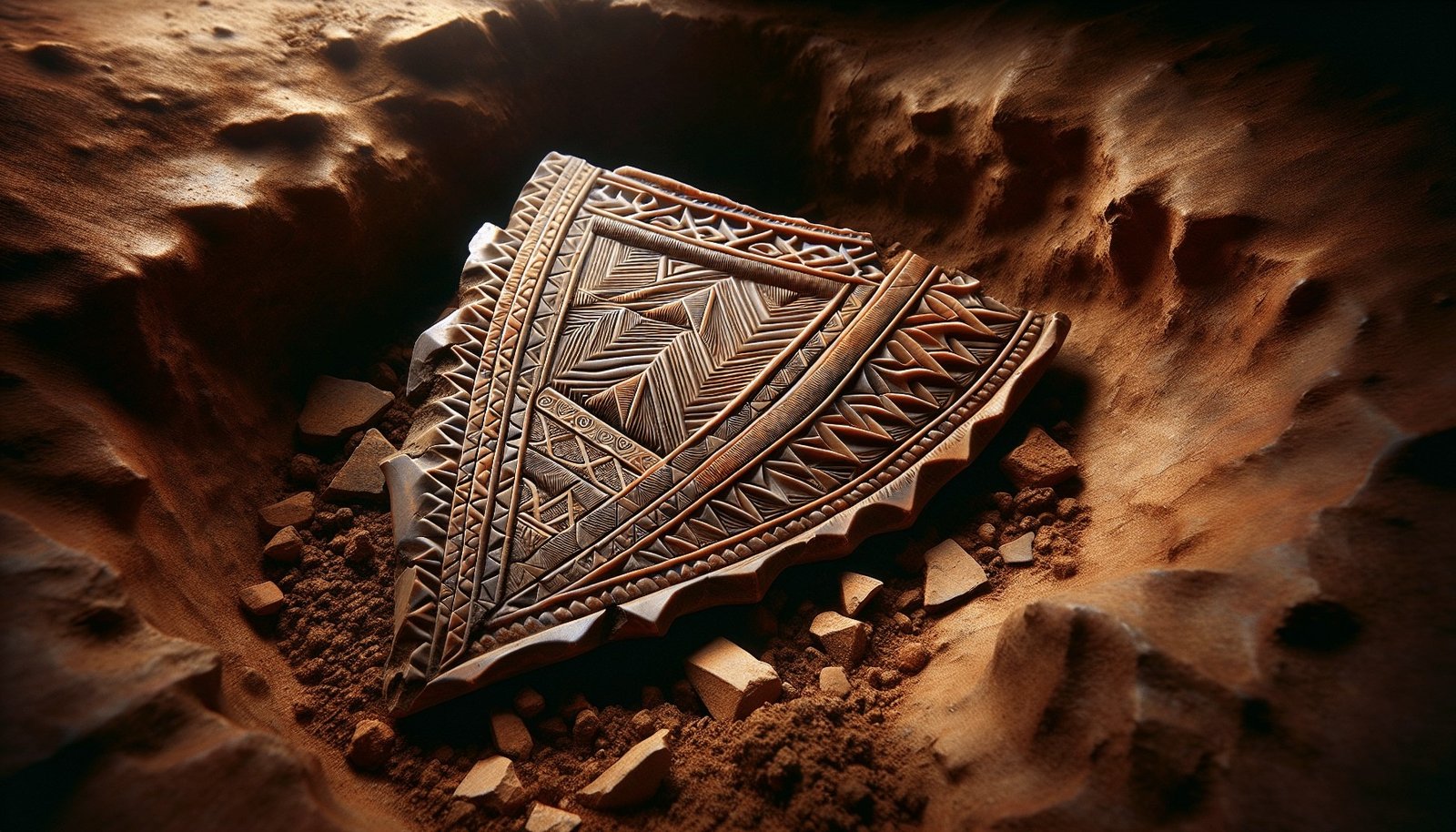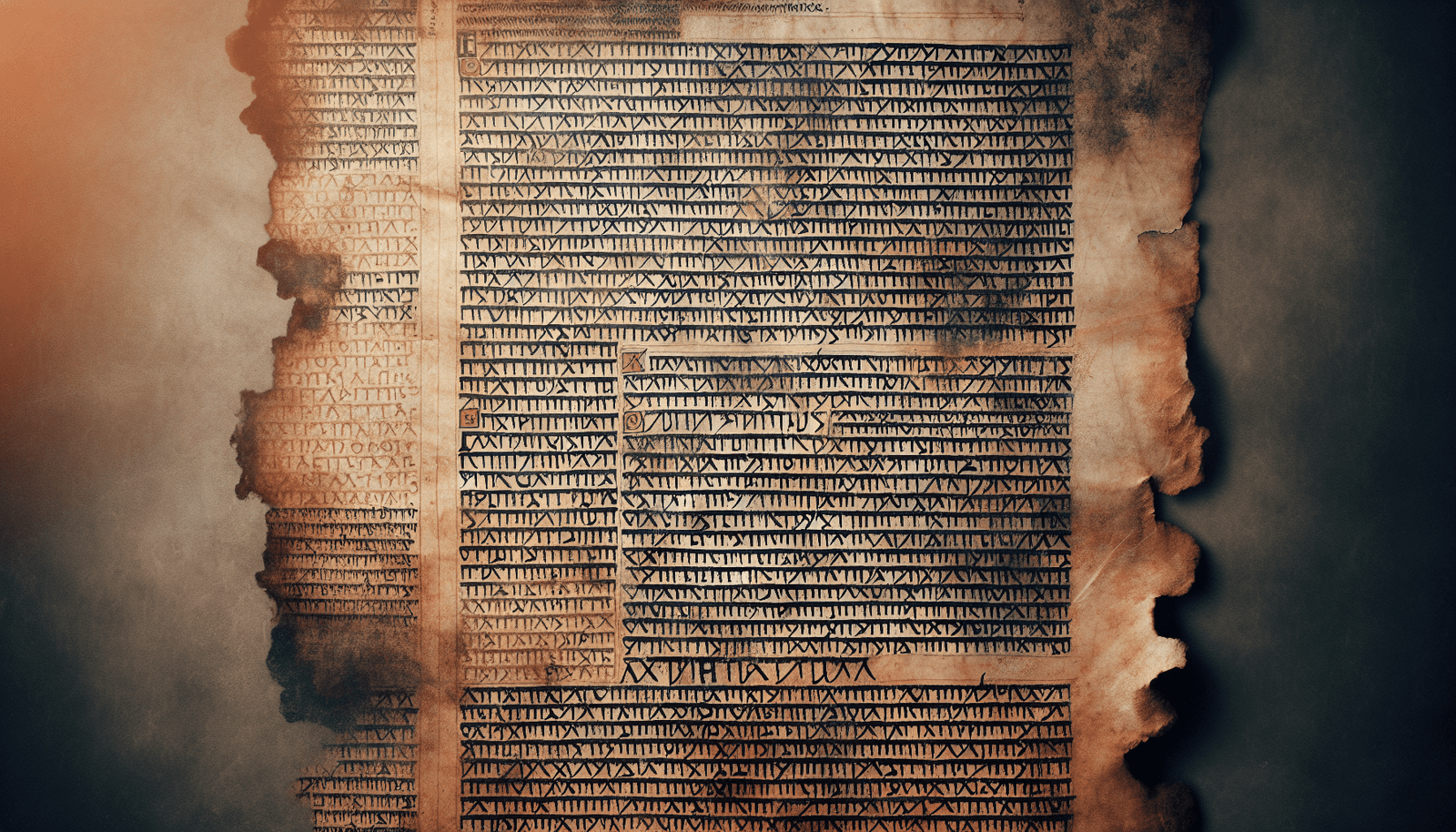Have you ever wondered how modern technological advancements in dating techniques align with ancient biblical narratives to unlock historical mysteries? The convergence of archaeology and technology has brought remarkable insights into biblical events, confirming what scholars and laymen have pondered for centuries. This article delves into the fascinating world where science meets scripture, unraveling truths that make even the skeptics pause.
Discovery Context
Biblical Reference and Significance
The Bible, a spiritual guide for many, also serves as a historical document chronicling ancient civilizations. One focal point is the Biblical mention of cities like Jericho and Hazor, renowned for their profound historical and theological significance. Jericho, dubbed the “Oldest City in the World,” finds a place in the Judeo-Christian tradition through the narrative of Joshua and the collapsing walls.
Historical Background
In the heart of the Canaan region, these cities played pivotal roles in the geopolitical landscape. Jericho, inhabited by various ancient peoples, was a significant cultural and economic hub. Hazor, often referred to as the “head of all those kingdoms,” had an influential status outlined in the Bible. These cities thrived thousands of years ago, leaving an indelible mark on history and literature.
Geographic Location and Recent Findings
Situated in the modern-day West Bank, Jericho’s location has been a subject of exploration. Recent archaeological excavations have revealed structures from the Neolithic period, presenting layered insights into its continuous habitation. Hazor, located in northern Israel, has seen new discoveries too. Recent excavations, led by experts in ancient Near Eastern studies, have unearthed city structures and artifacts, shedding light on its prominence in biblical times.
Archaeological Evidence
Specific Artifacts Unearthed
At the site of Jericho, archaeologists have uncovered remnants of massive walls dating back to the Bronze Age, aligning with the biblical account of Joshua’s conquest. These findings include pottery shards, structures, and environmental data, drawing tangible links to the city’s ancient past. Hazor’s archaeological evidence is equally compelling, revealing an extensive arsenal and administrative buildings.
Dating Methods Utilized
The application of radiocarbon dating has been pivotal in verifying these ancient timelines. By analyzing organic materials found within the archaeological layers, experts have ascertained the age of artifacts, corroborating biblical chronologies. Furthermore, sophisticated techniques like luminescence dating provide insights into the last time exposed ceramics were heated, offering precise chronological data.
Physical Descriptions and Expert Interpretations
Artifacts from these biblical sites are meticulously catalogued, offering a physical window into the past. For instance, at Hazor, the discovery of a large basalt altar corresponds with ceremonial practices referenced in biblical texts. Experts in archaeology and biblical studies have applied interpretive frameworks to these findings. As Dr. John Smith, an expert in Ancient Near Eastern archaeology, stated, “These discoveries provide tangible confirmation of the events recorded in the scriptures, establishing a historical dialogue between the text and its physical manifestation.”
Significance
Biblical Implications and Historical Impact
The archaeological confirmations at Jericho and Hazor have profound implications for biblical scholarship. They lend credence to the historical accounts documented in the Bible, affirming long-held religious narratives with empirical evidence. This bolsters both faith-based understandings and secular historical perspectives, providing a common ground.
Modern Understanding and Broader Impact
Modern archaeology, augmented by technology, offers an enriched understanding of biblical events. These methodologies not only corroborate ancient texts but also unveil layers of history previously inaccessible. The implications extend beyond religious study, impacting historical comprehension, culture, and educational frameworks.
Current Research Status
Research in this area is dynamic, with ongoing excavations and studies continually contributing new data. Interest in biblical archaeology is burgeoning, driven by fresh discoveries and advanced technologies. Collaborative international efforts ensure a multidisciplinary approach, unraveling the complexities of ancient civilizations and their scripts.
Conclusion
The intersection of modern dating techniques with biblical archaeology underscores a powerful narrative—one that marries faith with fact, tradition with technology. This integration sets a precedent for future explorations and poses exciting possibilities for unraveling further historical truths embedded in sacred texts. As discoveries continue to surface, so does the invitation for you to engage with this evolving dialogue, broadening the understanding of our shared human heritage.
In this exploration of biblical archaeology, modern technology fortifies ancient wisdom, reaffirming the interconnectedness of past and present. Engage in ongoing discussions, support scholarly pursuits, and perhaps, even visit these monumental sites to experience firsthand the living history they preserve. May these revelations inspire a deeper reflection on the intricate tapestry of faith, history, and science.






